As the holiday season approaches rapidly, many indie musicians find themselves abandoning the quest to sell music online and booking flights home (while mentally bracing for Aunt Susie’s probing, uncomfortable questions about the future). Yes, indeed, you’ve got to love the holidays. If nothing else, these annual junctures are opportunities to enjoy the company of several generations of family, most of whom (if your families are like ours) have differing tastes in politics, fashion and, of course, music.
So in between glorious bouts of feasting, sleeping, and drinking, take a moment to ask the different generations of your family about their favorite musical memory. Your great uncle probably remembers dancing to his first Elvis record. Maybe your mom kind of remembers Woodstock. Your little cousin probably didn’t hear the question because she’s blasting Justin Bieber on her iPod and your brother might recount the moment he purchased his Beats by Dre headphones. You, of course, describe the first time you started selling music online with SongCast.
Music publishing, in particular, wasn’t always as effective as selling music online is – no, music publishing has experienced a long, progressive evolution, dating all the way back to the mid-1400s. The earliest known printed music is a religious chant from 1465. In fact, almost all music printed before the 16th century is owned by the Catholic Church.
Germany is widely hailed as the birthplace of modern music publishing, producing the lithography (invented in 1798) and ensuring massive amounts of sheet music could be printed cheaply. The 1800s also brought along a massive, palpable shift in lifestyle and production in America, as urbanization and mass circulation connected sheet music to the public in unprecedented volumes. When the technology reached America, the floodgates were opened. In the first quarter of the 19th century, over 10,000 popular songs were printed. Publishers didn’t need to promote individual pieces – as homes were filled with the same music, certain tunes just organically gained fame and recognition. (Those were the days, right?)
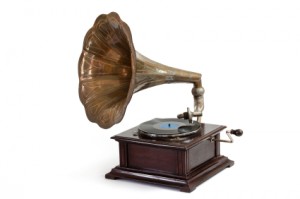 Thomas Edison (perhaps you’ve heard of him) invented the phonograph in 1877, allowing for the recording of live music. This was, of course, a giant leap toward the modern means to sell music online. Sheet music hung onto its popularity for some time, however, and was only outpaced by records around the mid-1900s. CDs made their way onto the shelves in the 1980’s, followed shortly by other musical platforms like cassette tapes and cable. You’ve probably lived the history from here on out – mounting CD sales in the 80’s and 90’s followed by steady decline in the age of the internet. Fast forward to now, and you’ve got us! SongCast, distributing your music across the web to music circulation sites, hardly any sheet music required.
Thomas Edison (perhaps you’ve heard of him) invented the phonograph in 1877, allowing for the recording of live music. This was, of course, a giant leap toward the modern means to sell music online. Sheet music hung onto its popularity for some time, however, and was only outpaced by records around the mid-1900s. CDs made their way onto the shelves in the 1980’s, followed shortly by other musical platforms like cassette tapes and cable. You’ve probably lived the history from here on out – mounting CD sales in the 80’s and 90’s followed by steady decline in the age of the internet. Fast forward to now, and you’ve got us! SongCast, distributing your music across the web to music circulation sites, hardly any sheet music required.
Without a doubt, music’s come a long way, baby!




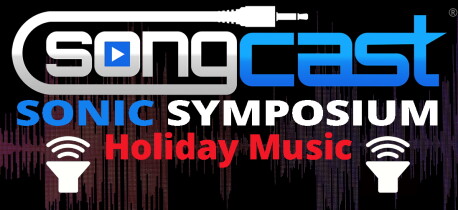




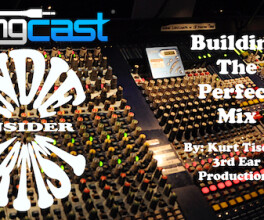





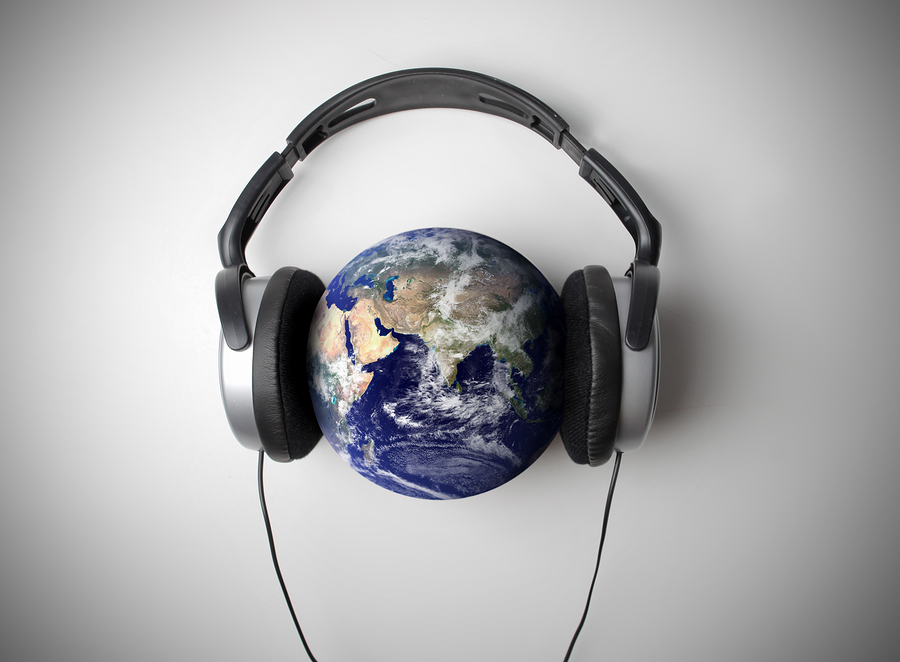




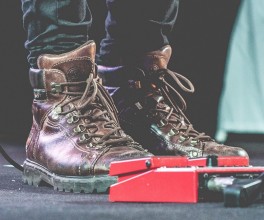




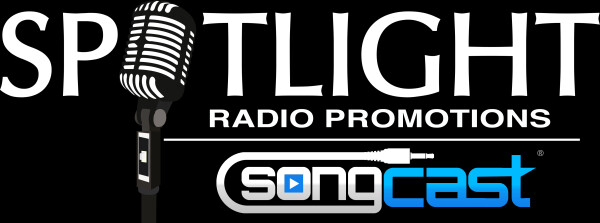
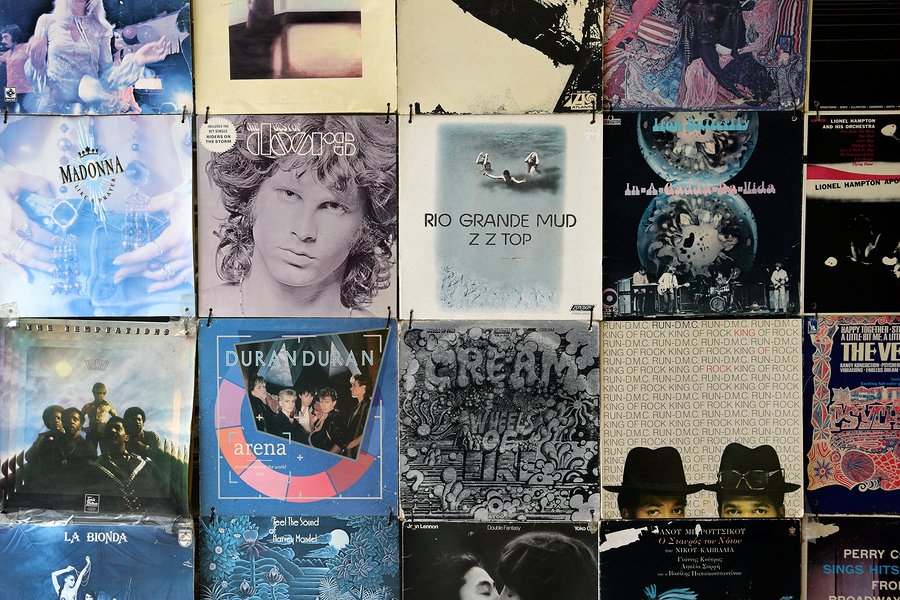




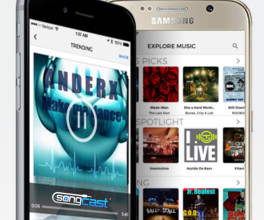











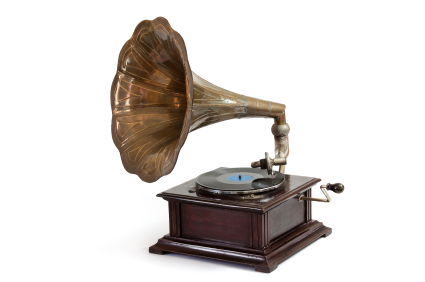
Pingback: Arts2090 Final – Video Essay | arts2090 blog